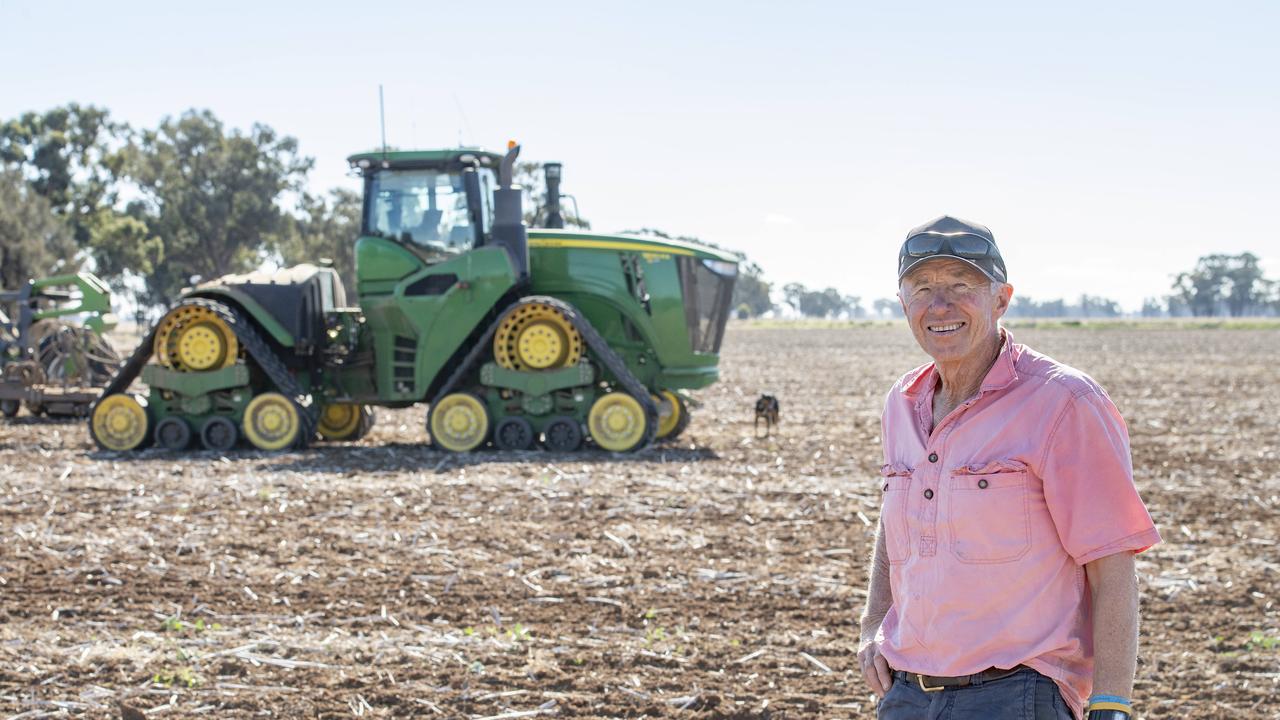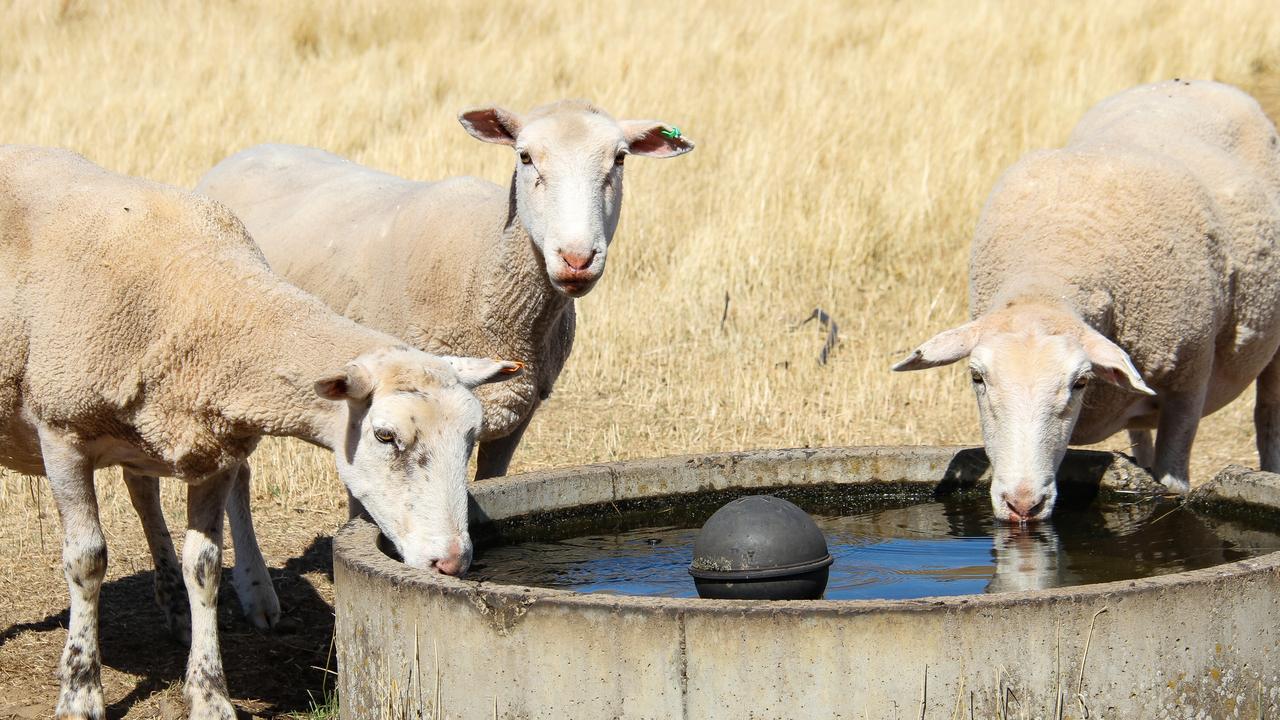Farmers eye an early autumn break as temperatures soar
As temperatures soar in an old-fashioned summer, farmers across parts of southeast Australia are pinning their hopes on an early autumn break.
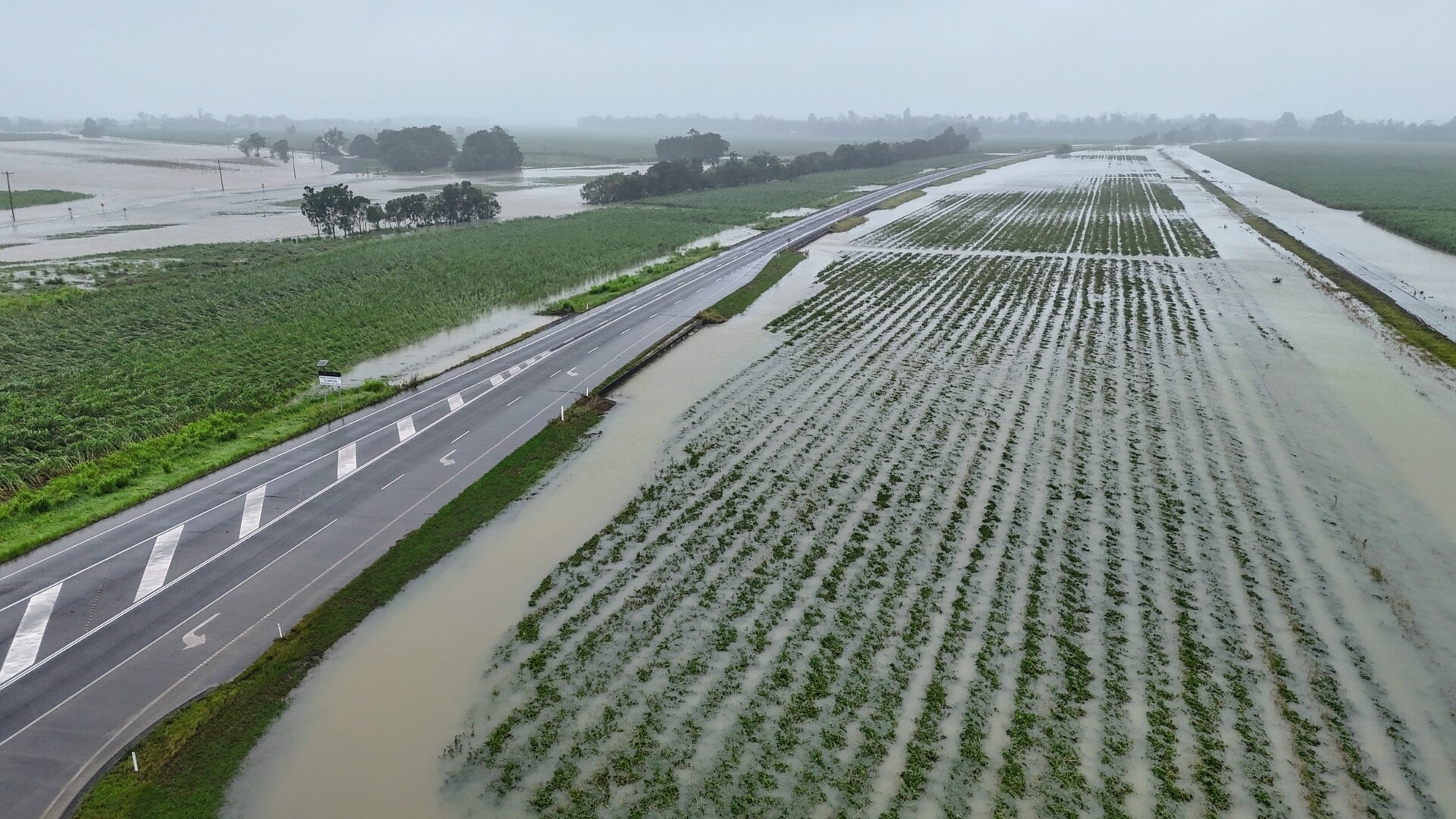
Hot summer conditions have southeast Australian farmers pinning their hopes on an early autumn break to boost prospects of profitable year ahead.
While a lack of summer rain is not unusual, it has underpinned cropping fortunes in the past couple of years replenishing sub-soil moisture.
And while storms last harvest did fill up soil profiles in some regions, a timely autumn break will be critical to croppers to sow winter cereals, legumes and oilseeds on time and kick off pastures for stock.
Northern Victoria and southern NSW will swelter with a run of above-35C days for at least the next week and pushing over 40C on some days.
The hot weather has also fuelled bushfires, with dry thunderstorms along with existing blazes fanned by windy weather, low humidity and high temperatures keeping fire threats real.
The latest outlook from the Bureau of Meteorology released last week predicts above average rainfall for northern Australia “and much of the south” and an unusually high chance of high rainfall in many areas for February to April.
Temperatures were also expected to be higher than average for the next three months, the BOM said.
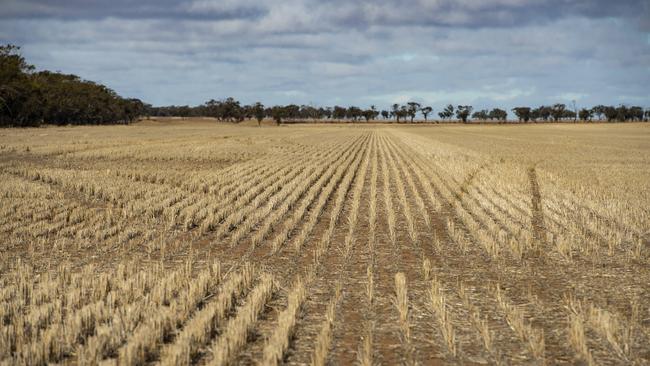
Agriculture Victoria seasonal risk agronomist Dale Grey said he’d spoken to farmers who were calling it an “old-fashioned summer” but records would show it had been warmer than average.
He said many cropping areas still had moisture at depth due to rain during December, but the top 30cm of the soil profile had been dried out by the hot weather.
“All graziers will be wanting the autumn break in March and all croppers will want it in April, and even May if you are in the Mallee,” Mr Grey said.
“And yes, it’s been hotter this summer than the previous four, but a hot, dry summer does not mean it will be a dry autumn and a dry winter, though that could happen.
“What happens in summer has no bearing on what will happen in autumn and spring.”
Southern Riverina Irrigators chairman Chris Brooks from Barooga NSW said warm weather had been good for summer crops of rice, maize and cotton, but had lifted water use.
“We probably haven’t had any real rain since October last year, so the water use by these summer crops is up,” Mr Brooks said.
“And it’s meant that temporary water prices have lifted, from about $100 a megalitre earlier in the summer to about $140 now.”
But there was no sense of panic, Mr Brook said.
“It doesn’t normally rain until autumn anyway, so it’s almost like thank goodness it is hot in February,” he said.
“It’s about using this time to get ready for the winter cropping season, with the hope that it will rain in March-April and we can get going.”
At Holbrook, NSW, Tom Bull said it had been a dry summer but that was not unusual.
What was taxing was the length of time some producers had been feeding stock, which was hurting both financially and mentally.
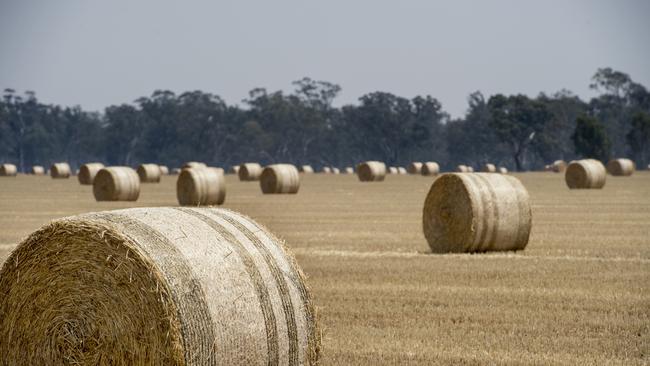
“You could draw an area from Holbrook to Adelaide to Melbourne, and probably people have been feeding sheep 10 of the past 12 months,” Mr Bull said.
“This, on top of the low prices we saw in 2023, has pushed confidence in sheep to the lowest level I’ve seen for 25 years.”
The dry conditions have also seen lambs sold as quickly as possible, as producers look to offload numbers due to pressure with feed and water supplies.
But Mr Bull said he was quite optimistic about the coming year, as long as there was good autumn rain.
“I’m quite relaxed about where things are at the moment with the season and we’re having an old-fashioned summer,” he said.
“Clearly if you are feeding constantly, that’s a drain but we expect it to be hot in summer and it has been.”
In just two weeks, North East Victorian selling centre Wangaratta will offer more than 11,000 cattle as producers look to lighten grazing pressure, with stock coming from as far away as the Western District and southern NSW.
Wangaratta Livestock Exchange president and district farmer John Muraca said livestock producers were looking to offload numbers if feed or water were getting short.
And while the big numbers were a sign of the tightening conditions, it was a reflection of a normal summer.
“The past couple of years, we have had summer rain but that’s no good really to anyone,” Mr Muraca said.
“If we get a nice hot summer, and then a good autumn break, then we will be fine.”

